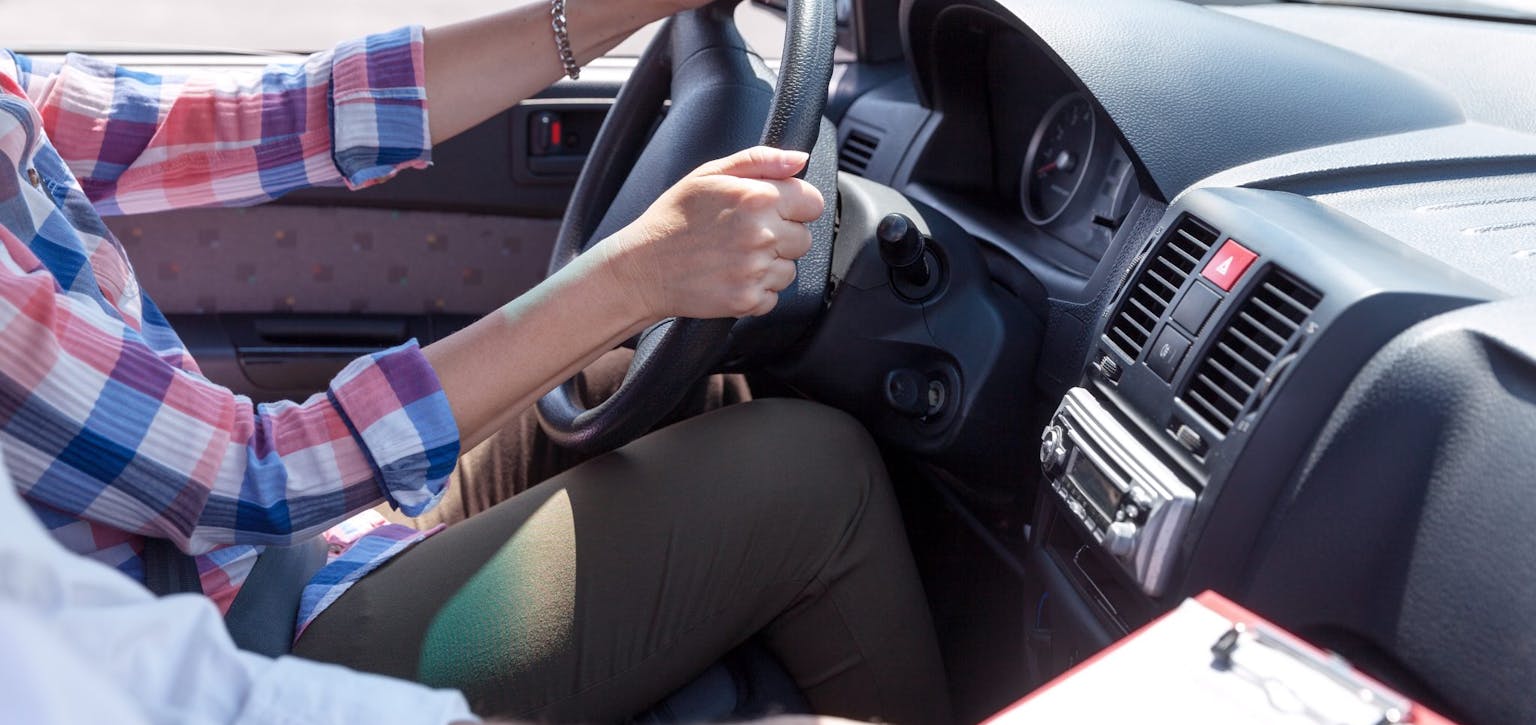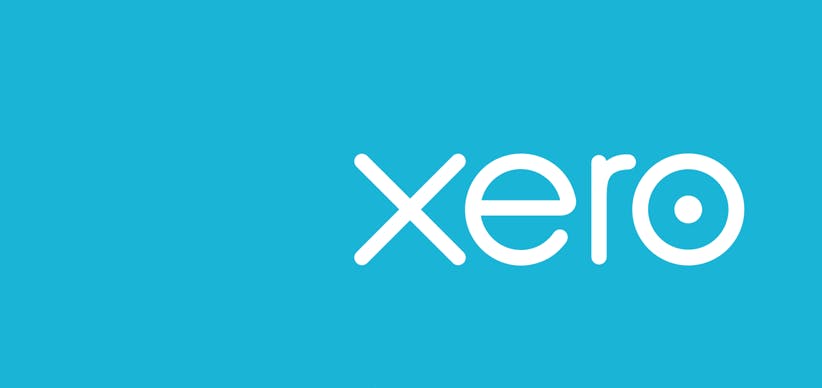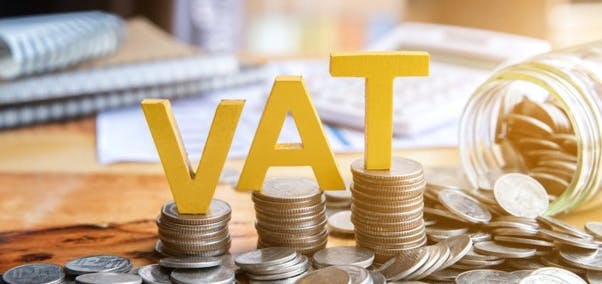As part of our ongoing series tackling accounting issues in specific sectors, this week we look at the problems faced by driving instructors.
Self-Employment
Most driving instructors are self-employed. I have written about self-employment in general here. This blog picks up on specifics that driving instructors might need to know in addition.
Turnover
A driving instructor’s primary source of income is lesson payments from pupils. There may be a few other sources, such as payment for covering another instructor, or payment from a pupil for a test that you have paid for on their behalf. All of these should be classed as sales.
If for some reason you don’t perform a lesson - for example, the pupil is refunded, or another tutor covers the lesson - these are classed as negative sales. They will reduce the total income declared on your tax return, and therefore reduce your tax bill.
Expenses
The rule of thumb is this: Everything fully business-related can be claimed. Some costs that are partially business-related may be claimed, although it is always best practice to check with an accountant if you are unsure. Here are some common items I'm asked about:
One thing that cannot be claimed is food and drink. HMRC’s viewpoint is that you need to eat and drink, and this doesn’t become a tax-deductible expense just because you are away from home. It can only be claimed if you do something substantially outside of your usual working day, such as go to a training session or a conference.
For similar reasons, you cannot claim for clothing. HMRC assumes you’re not going to turn up to work naked. Therefore your clothes don’t become a tax-deductible expense just because you are self-employed. The exception to this is business branded clothing – for example, t-shirts or baseball caps. These are seen more as advertising and HMRC assume you will be unlikely to wear them in your day-to-day life.
The biggest expense for any driving instructor is likely to be their car. More on the actual purchase later, but all costs attributable to keeping your car running such as petrol, diesel or electricity will be claimable. If your car is used solely for lessons, these are claimable in full. In the case of partial usage, you'll need to estimate the split between business and persona so costs can be apportioned at the end of the year.
Other car running costs are claimable such as car insurance, vehicle repairs, or cleaning if the car has business use only.
If you're a driving instructor working as part of a franchise, certain franchise fees qualify as a deductible expense.
Any costs you pay on behalf of your pupils are claimable whether it is test fees, or materials to assist their studying.
Training costs are an allowable expense. Most instructors will have a high amount of training costs initially as they gain their accreditation. After that, any training course or conference can also be claimed as ongoing development.
Most instructors work from home a little each month. This tends to include general admin work, booking up lessons and accounting. If you work more than 25 hours from home each month (just over an hour a day) then you can start to claim HMRC’s basic working from home allowance. It is possible to calculate the exact costs, by adding up all your bills and apportioning them, but often it leads to a very similar figure and is a lot more time consuming.
On top of the standard allowance, you can also claim a work percentage of your broadband and your mobile phone costs. This doesn’t need to be worked out scientifically but needs to be a realistic estimate of the amount of each item that you use for your business.
Finally, it is important to note that anything you pay yourself cannot be deducted before tax is calculated. Anything you take for personal usage is effectively drawings and should be classed as such.
Expenses Prior to Starting as a Driving Instructor
Any costs that you incur to get set up to be a driving instructor will be claimable in your first tax return if they would have been claimable after you began teaching. It may be that these need to be added manually to your data, so it is best to keep a list that you can provide as back up.
Car Purchases
Generally, if you purchase a car as a business asset, you are only able to claim a portion of that as a tax-deductible expense. This could be 18% per year if emissions are over a certain level, or 6% if they are under. Fully electric cars can be claimed as a deductible expense, in full, in the year of purchase.
If a car is fitted with dual controls, driving instructors can claim 100% of the cost in the year of purchase. There is case law stretching back 60 years allowing this, even though it is not mentioned explicitly on HMRC’s guidance on business vehicles.
If you claim 100% of the car in the year of purchase, you will need to be aware that as and when you dispose of a car, the sales price effectively becomes taxable - you can only claim a tax deduction on the actual amount you spent on the car.
To clarify, if you buy a car for £20,000 but sell it 3 years later for £8,000, the total cost to your business is £12,000. The remaining £8,000 is subject to a claw back from HMRC.
In practice, this may not affect you too much if you remain as a driving instructor. The car you sell for £8,000 may be replaced by a car that costs £25,000. Claiming a tax deduction of £25,000, minus the claw back of £8,000, means you effectively claim a deduction of £17,000 on your new vehicle.
The claw back will therefore only become an issue when you cease teaching.
Software
I recommend using software for almost all clients who are self-employed. For driving instructors, there are a lot of incomings and outgoings – especially with multiple receipts from students and petrol spend each month. Software allows you to easily sort this when reconciling your bank account making it much quicker to process your data for your tax return. There are other benefits to using software, which I elaborate on here.
Banking
With any self-employed business it's a good idea to get a separate bank account for your business incomings and outgoings. You can then withdraw money into a personal account to spend on non-business items. This allows for all your data to be much cleaner, and it will help you or your accountant identify business related transactions much more easily.
Deadlines and taxes
Your tax return will need to be completed by the 31st of January each year. Your tax bill will also be due on this date, although it is likely that you will need to make payments on account towards the following year’s bill.
Any questions about anything here, or anything that I didn’t mention, feel free to get in touch.
All figures correct as of 8 October 2025.



